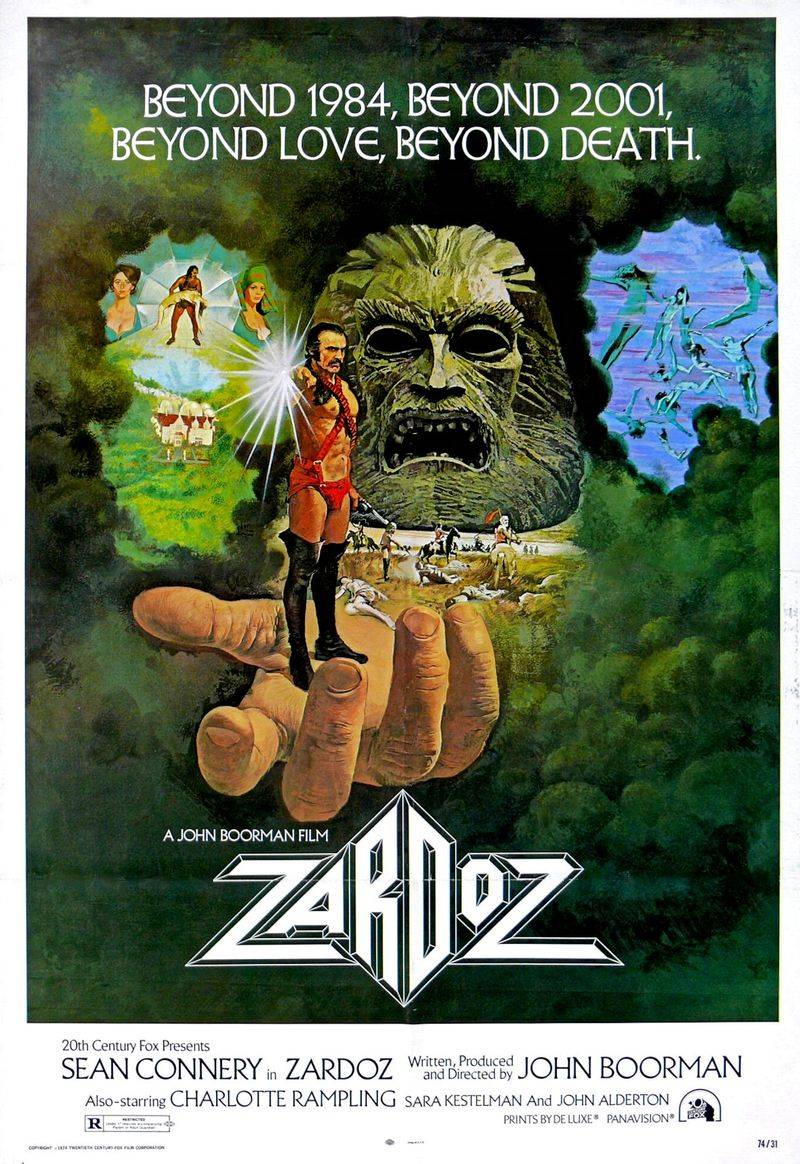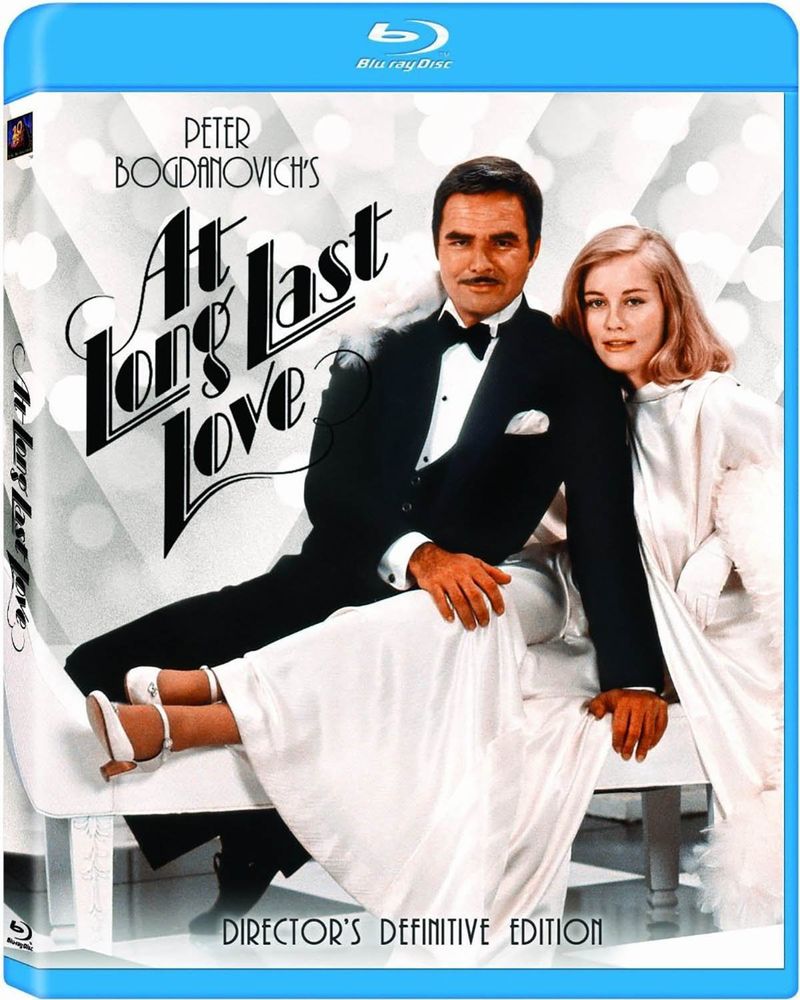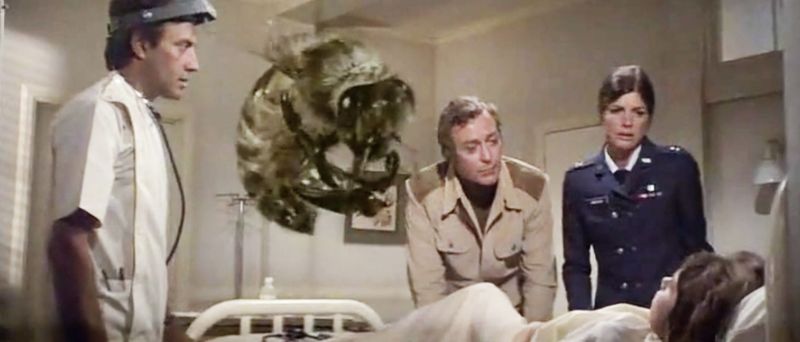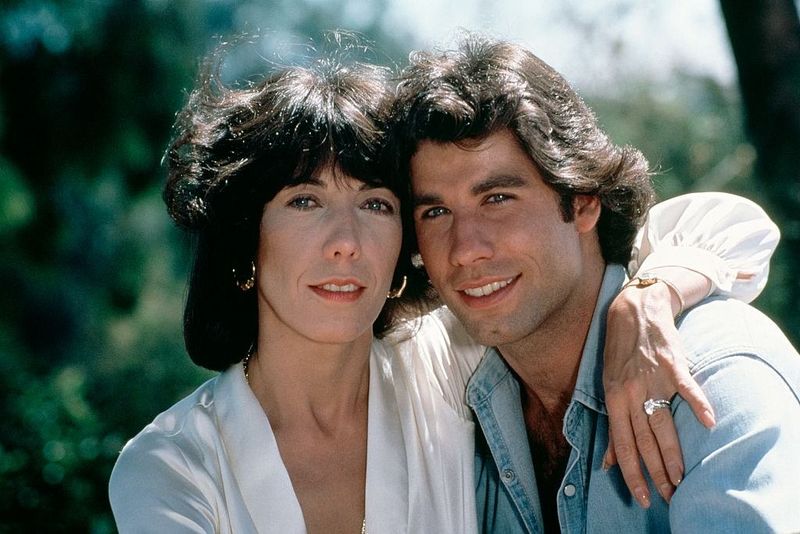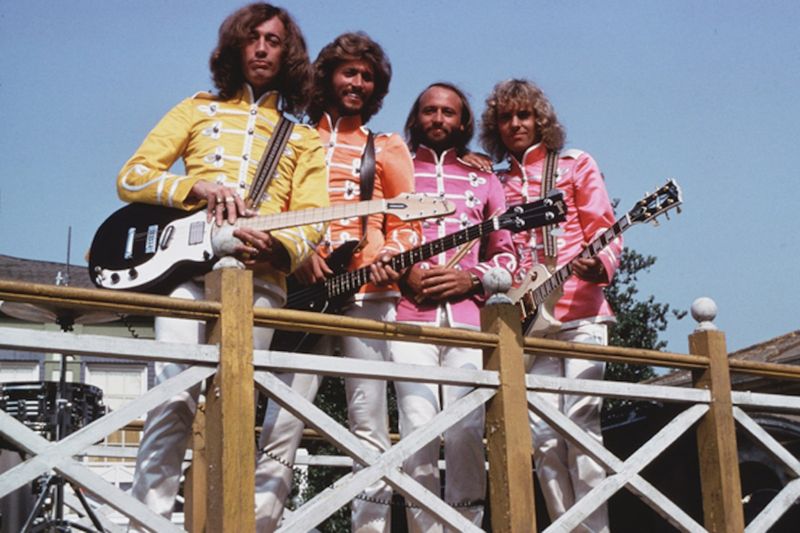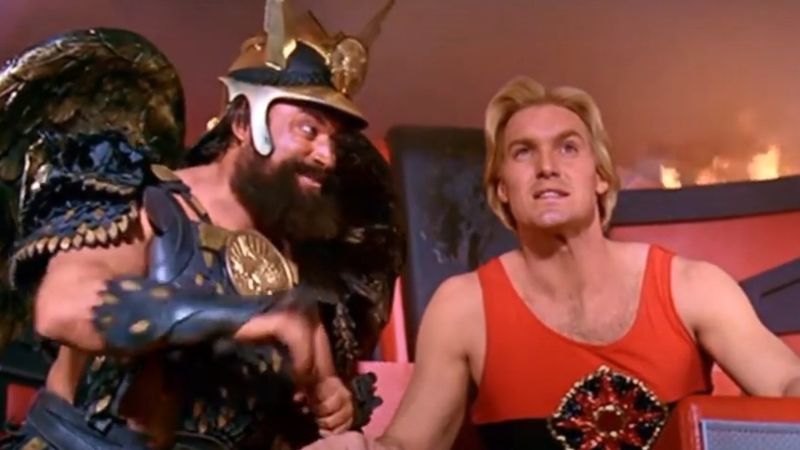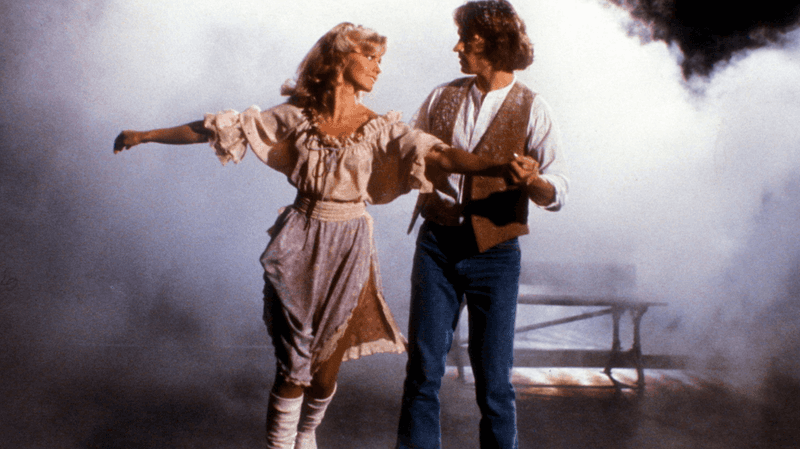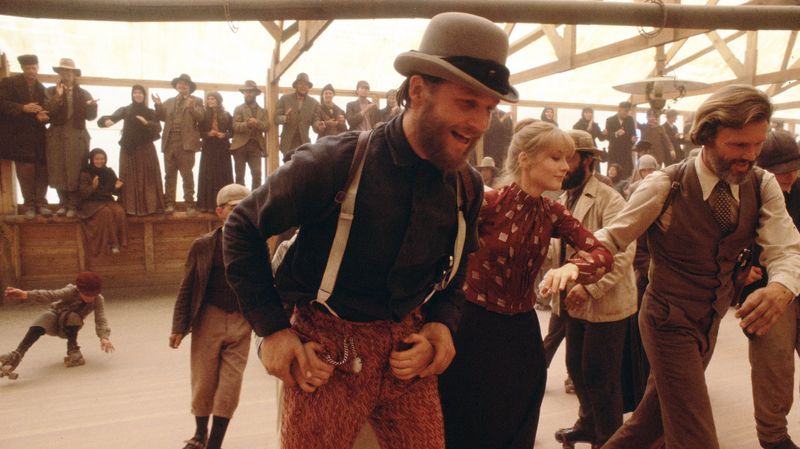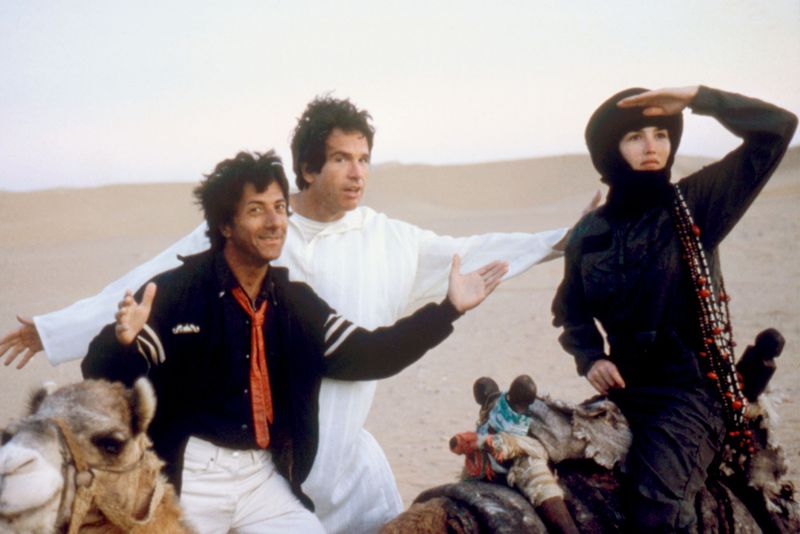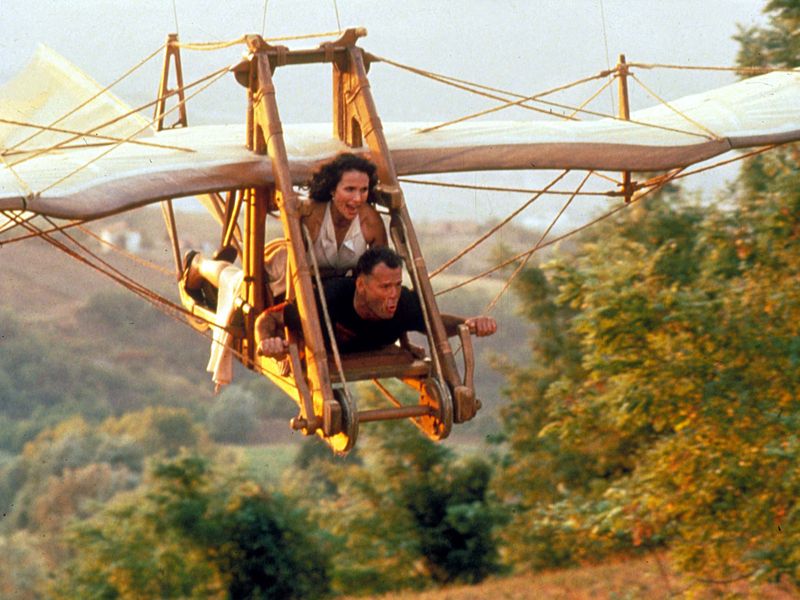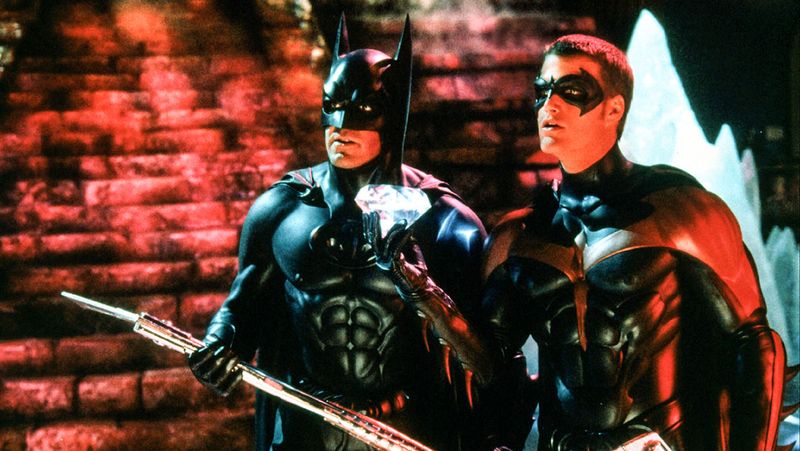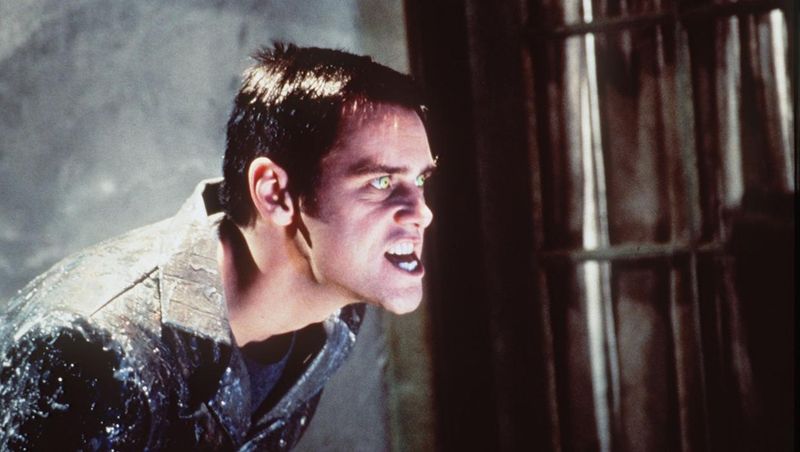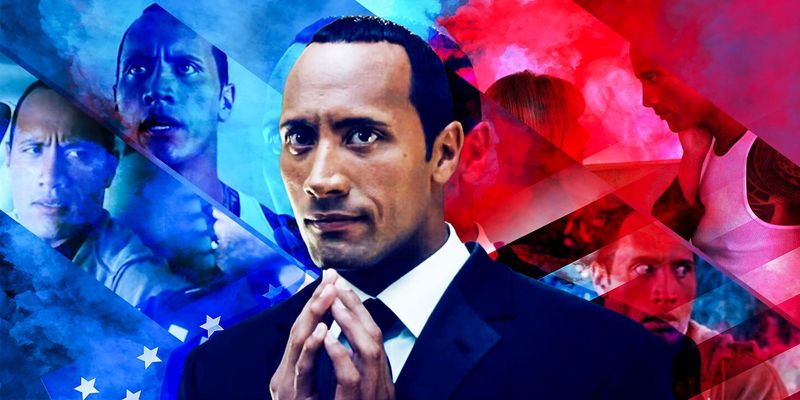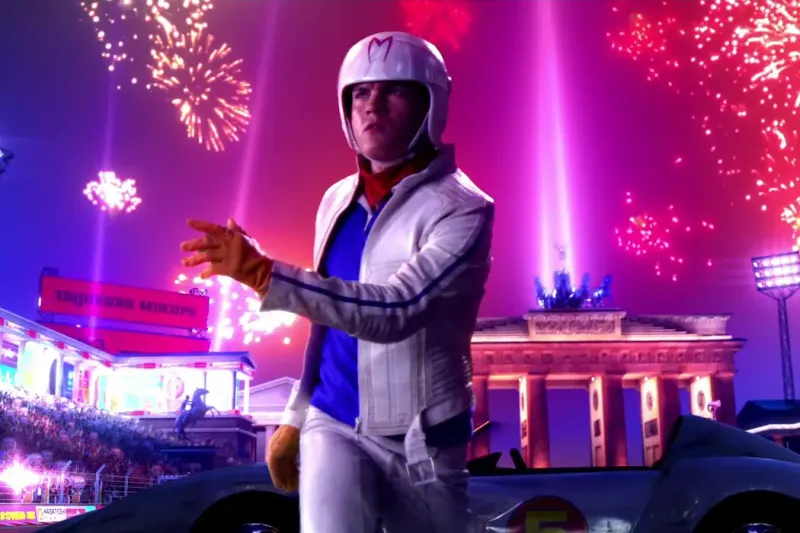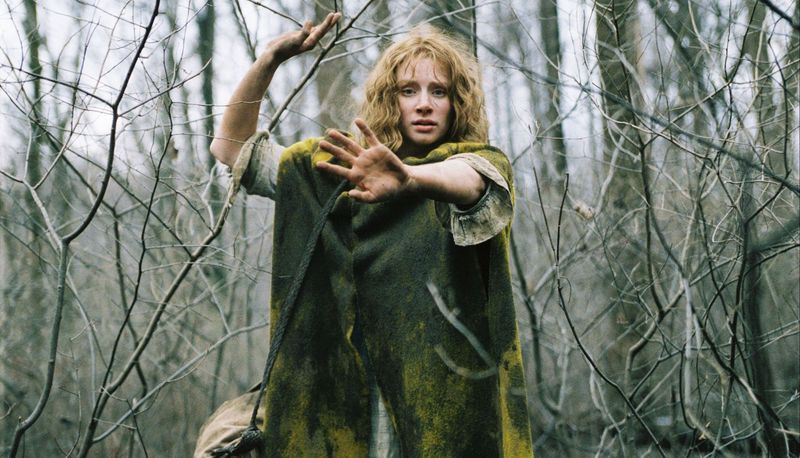Sometimes movie critics get it wrong. From the groovy 1970s to the digital 2000s, many films were panned upon release only to find devoted fans years later.
These movies broke rules, challenged audiences, or simply arrived before their time.
Let’s explore twenty films that critics hated but deserve a second look as hidden gems of cinema history.
1. Zardoz (1974): Sean Connery’s Bizarre Sci-Fi Adventure
Sean Connery in a red diaper outfit might seem laughable, but this strange sci-fi allegory offers deep commentary on immortality and class struggle. Director John Boorman created a genuinely unique vision. The film’s trippy visuals and philosophical musings about humanity’s future feel ahead of their time. While critics mocked its weirdness, Zardoz tackles big ideas with uncompromising boldness that most mainstream movies wouldn’t dare attempt.
2. At Long Last Love (1975): Peter Bogdanovich’s Musical Misfire
Bogdanovich’s love letter to 1930s musicals features Burt Reynolds and Cybill Shepherd singing Cole Porter tunes without professional vocal training. Critics savaged this artistic gamble, but its charm lies in this very rawness. The film captures something authentic in its imperfections. Stars perform without vocal dubbing, creating vulnerable moments rarely seen in polished musicals. Its lavish Art Deco sets and genuine enthusiasm for the genre make it an endearing tribute worth revisiting.
3. The Swarm (1978): When Killer Bees Attacked Hollywood
Disaster movie maestro Irwin Allen assembled an all-star cast including Michael Caine, Henry Fonda, and Richard Widmark to battle deadly African bees. Critics stung this film mercilessly, but its environmental warnings seem prescient today. The movie’s delightful excesses—from melodramatic performances to spectacular destruction sequences—epitomize 70s disaster cinema at its most gloriously unrestrained. Its bee attack sequences created genuinely tense moments, and the film’s ecological concerns feel increasingly relevant in our climate-conscious era.
4. Moment by Moment (1978): Travolta’s Risky Romance
John Travolta and Lily Tomlin’s May-December romance became an infamous critical punching bag. Yet beneath its awkward moments lies a bold examination of age, class, and gender dynamics rarely attempted in mainstream cinema. The film dared to reverse traditional gender roles, with Tomlin pursuing the younger Travolta. Their chemistry, while unconventional, creates moments of genuine emotional resonance. Director Jane Wagner took real chances with this intimate character study that deserves recognition for its progressive themes.
5. Sgt. Pepper’s Lonely Hearts Club Band (1978): The Beatles Reimagined
This bizarre musical featuring the Bee Gees and Peter Frampton performing Beatles songs was critically demolished. Yet its surreal visual imagination and sheer audacity make it fascinating to behold. The film’s earnest attempt to create a rock fantasy world feels like a trippy time capsule of late-70s pop culture. Musical highlights include Earth, Wind & Fire’s electrifying “Got to Get You Into My Life” and Aerosmith’s raw take on “Come Together.” For pure candy-colored musical madness, few films match its ambition.
6. Flash Gordon (1980): Comic Strip Hero Goes Technicolor
Critics dismissed this space opera as campy nonsense, but its intentionally over-the-top aesthetic has aged magnificently. Director Mike Hodges created a vibrant universe of primary colors and theatrical performances. Queen’s thunderous soundtrack perfectly complements the film’s energy. Max von Sydow’s Ming the Merciless stands as one of cinema’s most deliciously evil villains. The film embraces its comic book origins without apology, resulting in a visually stunning adventure that influenced generations of filmmakers.
7. Xanadu (1980): Roller Disco Meets Greek Mythology
Olivia Newton-John stars as a Greek muse who inspires an artist while roller skating to ELO tunes. Critics loathed this bizarre musical fantasy, but its soundtrack became legendary while the film developed a passionate cult following. The Gene Kelly dance sequences showcase the legend’s final film appearance with touching grace. Stunning animation sequences by Don Bluth add unexpected artistic flair. For pure escapist entertainment combining disco, mythology, and roller skating, Xanadu delivers a uniquely joyful experience unlike anything else from its era.
8. Howard the Duck (1986): George Lucas’s Feathered Flop
This adaptation of the Marvel comic became synonymous with box office disaster. Produced by George Lucas, the film’s strange mix of adult humor and childish adventure confused audiences, but its ambition deserves recognition. The impressive practical effects brought Howard to life without CGI. Lea Thompson delivers a committed performance opposite her feathered co-star. The film’s willingness to be weird and dark predates the current superhero boom, making Howard a misunderstood pioneer of comic book adaptations.
9. Heaven’s Gate (1980): The Western That Bankrupted a Studio
Michael Cimino’s sprawling western became legendary for its budget overruns and critical drubbing. United Artists nearly collapsed after its failure, but modern reassessment reveals a visually stunning masterpiece of American cinema. Vilmos Zsigmond’s breathtaking cinematography captures the American West with painterly precision. The film’s depiction of class warfare and immigration remains politically relevant. Criterion Collection’s restoration of Cimino’s full vision allows viewers to appreciate this ambitious epic as the director intended.
10. Ishtar (1987): Desert Comedy Disaster
Warren Beatty and Dustin Hoffman as terrible lounge singers caught in Middle Eastern intrigue became a punchline for Hollywood excess. The film’s troubled production and massive budget made it an easy target. Writer-director Elaine May crafted genuinely funny scenes of musical ineptitude. The film’s political satire about American intervention in foreign countries feels increasingly prescient. Beatty and Hoffman’s willingness to play against type as talentless performers shows remarkable comedic bravery from two acting legends.
11. Hudson Hawk (1991): Bruce Willis’s Singing Heist
Bruce Willis stars as a singing cat burglar in this bizarre action-comedy that bombed spectacularly. Critics hated its strange tone mixing cartoonish violence with musical numbers, but its fearless weirdness makes it endlessly fascinating. The film’s elaborate heist sequences feature Willis and Danny Aiello timing their robberies by singing classic standards. Its madcap energy and refusal to follow conventional action movie rules make it uniquely refreshing. Few big-budget studio films have dared to be this gleefully odd and personal.
12. Batman & Robin (1997): Neon-Drenched Superhero Camp
Joel Schumacher’s day-glo Batman sequel with its infamous bat-nipples was critically savaged. Yet its unabashed embrace of comic book camp has aged surprisingly well in an era of increasingly grim superhero films. Uma Thurman’s Poison Ivy delivers a gloriously theatrical villain performance channeling classic Hollywood femme fatales. The film’s elaborate ice-themed production design creates a visually distinct Gotham City. For pure colorful spectacle and knowing comic book silliness, Batman & Robin delivers ridiculous fun that never pretends to be anything else.
13. Showgirls (1995): Vegas Excess Turned Cult Classic
Paul Verhoeven’s NC-17 look at Las Vegas dancers became infamous for its explicit content and over-the-top performances. Critics dismissed it as trashy exploitation, missing its deliberate satire of American success mythology. Elizabeth Berkley commits fully to her role with fearless physical performance. The film’s examination of exploitation and commodification in entertainment feels increasingly relevant. Verhoeven’s signature blend of social commentary and excessive style creates a uniquely American fable about the dark side of ambition.
14. Waterworld (1995): Aquatic Post-Apocalypse
Kevin Costner’s expensive vision of a flooded Earth became synonymous with Hollywood excess. Critics mocked its budget troubles, but this ambitious ecological fable features remarkable practical stunts and impressive world-building. The film’s floating set pieces were built on actual ocean locations. Dennis Hopper chews scenery gloriously as the one-eyed villain. The movie’s environmental warnings about rising sea levels seem increasingly prophetic, making Waterworld a flawed but fascinating vision of our possible future.
15. The Cable Guy (1996): Jim Carrey’s Dark Comedy
Jim Carrey’s dark turn as an obsessive cable installer alienated audiences expecting his usual slapstick comedy. Director Ben Stiller created something far more disturbing—a prescient examination of media obsession and loneliness. The film predicted our current struggles with technology addiction and parasocial relationships. Carrey’s performance balances humor with genuine menace in ways his other 90s work never attempted. Matthew Broderick provides the perfect straight-man foil to Carrey’s unhinged energy in this misunderstood psychological comedy.
16. Southland Tales (2006): Richard Kelly’s Apocalyptic Vision
After “Donnie Darko,” director Richard Kelly created this sprawling, fragmented vision of near-future America that was booed at Cannes. Its ambitious mix of science fiction, politics, and pop culture commentary creates a dense but rewarding experience. The film eerily predicted our fractured media landscape and political polarization. Dwayne Johnson delivers a surprisingly nuanced dramatic performance against type. The movie’s kaleidoscopic structure rewards multiple viewings, revealing new layers of meaning and satirical targets with each watch.
17. Speed Racer (2008): Wachowskis’ Candy-Colored Racing Epic
The Wachowski sisters transformed the classic anime into a hyperkinetic visual feast that critics dismissed as style over substance. In reality, they created a revolutionary visual language that blended live-action with animation in unprecedented ways. The film’s family-centered storyline delivers genuine emotional moments amid the spectacle. Race sequences use radical editing techniques to create a sense of speed unlike anything before it. The movie’s anti-corporate message wrapped in a candy-colored shell makes it a subversive treat for audiences of all ages.
18. Lady in the Water (2006): Shyamalan’s Misunderstood Fairy Tale
M. Night Shyamalan’s modern fairy tale about a water nymph in an apartment complex pool was ridiculed for its earnestness. Critics particularly objected to Shyamalan casting himself as a writer whose work would change the world. The film’s childlike sincerity and willingness to embrace fantasy without irony make it uniquely refreshing. Paul Giamatti delivers a wonderfully nuanced performance as the stuttering superintendent. Christopher Doyle’s cinematography creates a magical atmosphere that transforms mundane apartment settings into places of wonder.
19. Jennifer’s Body (2009): Feminist Horror Ahead of Its Time
Diablo Cody and Karyn Kusama’s horror-comedy about a possessed cheerleader was marketed all wrong and dismissed as exploitation. Years later, it’s recognized as a sharp feminist critique of female friendship, sexuality, and objectification. Megan Fox delivers a genuinely great performance balancing humor and menace. The film’s exploration of toxic masculinity and female rage resonates strongly with modern audiences. Its clever dialogue and genuine scares create a unique horror experience that arrived before viewers were ready to embrace its subversive message.
20. The Village (2004): Shyamalan’s Period Piece Puzzle
M. Night Shyamalan’s tale of an isolated 19th-century community hiding dark secrets disappointed audiences expecting a monster movie. Instead, they got a thoughtful meditation on fear, community, and isolation that improves with each viewing. Roger Deakins’ gorgeous cinematography creates a richly textured visual experience. Bryce Dallas Howard’s blind protagonist offers a powerful metaphor about seeing truth beyond appearances. James Newton Howard’s haunting violin score perfectly enhances the film’s atmosphere of mystery and emotional longing.

